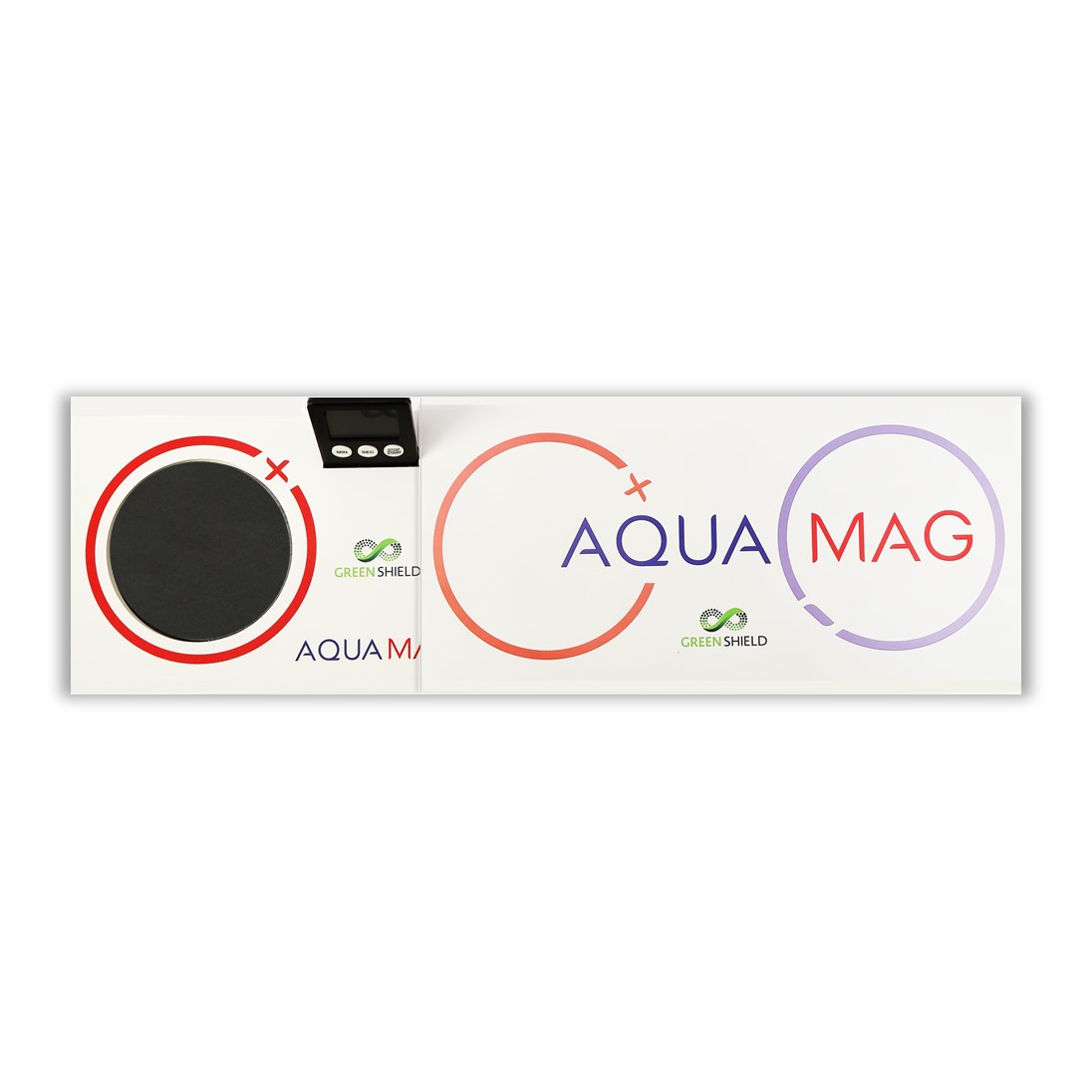Cells, tissues, organs, and entire apparatuses are made up of water, the main task is
AQUAMAG
165,00 €
Water is the main constituent of the body and can be more than 75% of the human body.
Cells, tissues, organs, and entire apparatuses are made up of water, the main task of which is to transfer information between the various districts of the body, carry nutrients and cleanse the tissues of the toxicity to which they are constantly subjected. Many organ dysfunctions and inflammatory pathologies that we attribute to external factors turn out to be generated by the poor supply of water in the tissues or by its poor quality, which can even cause endogenous toxicity. These problems are defined by ‘Water Pathophysiology’. The quality of the water we consume and with which we irrigate our fields has become a huge problem that researchers have been trying to solve for years. Their concern has always been to improve the characteristics of water without altering its chemical properties. Various methods have been developed over time, but they all have their limitations: chemical methods, for example, are very expensive and alter the natural chemical properties of water, while membrane techniques have the disadvantage of clogging, which leads to major logistical problems, high running costs, and constant maintenance. These methods are unsustainable for the environment and bring no benefit to living beings.
In 1975, scientists made an incredible discovery: they realized that in water, the molecules of H2O (the chemical formula for water) are attached as if to form a network. When water is fresh, on the other hand, the molecules are very mobile and not linked together. The density therefore also varies. Ordinary water has varying degrees of density and viscosity, which, it is claimed, only influence its freshness and taste. By examining mountain spring water, which is fresh and pleasant to drink, it has been established that it has higher flow characteristics than water left to stand or groundwater. Spectroscopic measurements, a method frequently used in analytical laboratories, showed that water with a higher degree of fluidity does not absorb light radiation in the 3-micron wave range. It can therefore be concluded that mountain spring water has a different intermolecular structure
Further Physico-chemical tests showed that salts dissolved much more quickly in this water and chemical reactions with water as a reactant were accelerated. From a physical point of view, due to the breaking of intermolecular bonds, the energy content of water molecules changes, i.e. the more fluid the water, the more energy it has.
DOES THE MAGNETIC FIELD CHANGE WATER PH?
Many researchers have shown that magnetic treatment has no effect on the chemical properties of water, but rather affects physical parameters such as pH and electrical conductivity, and changes in the configuration of ionic particles in water as it passes through the magnetic field. Using natural magnetic fields, it was noted that as time passed, the pH value of the water subjected to the field increased. When the magnetic field ended, the water gradually returned to its original value over time, confirming the theory of its memory. The magnetization of water, by improving its physical properties, makes it a healing tool that, if used correctly, can help solve many problems.








Reviews
There are no reviews yet.